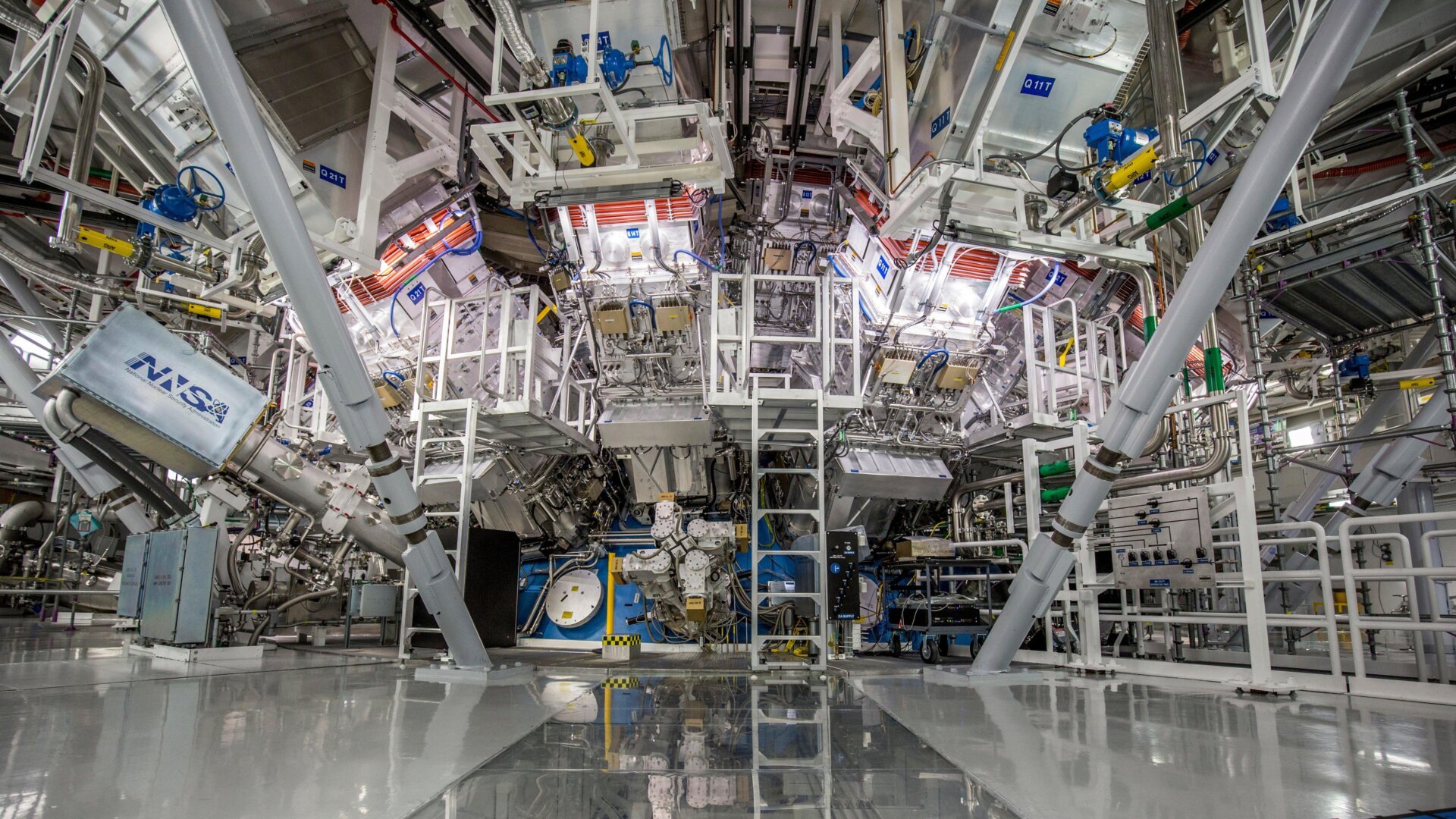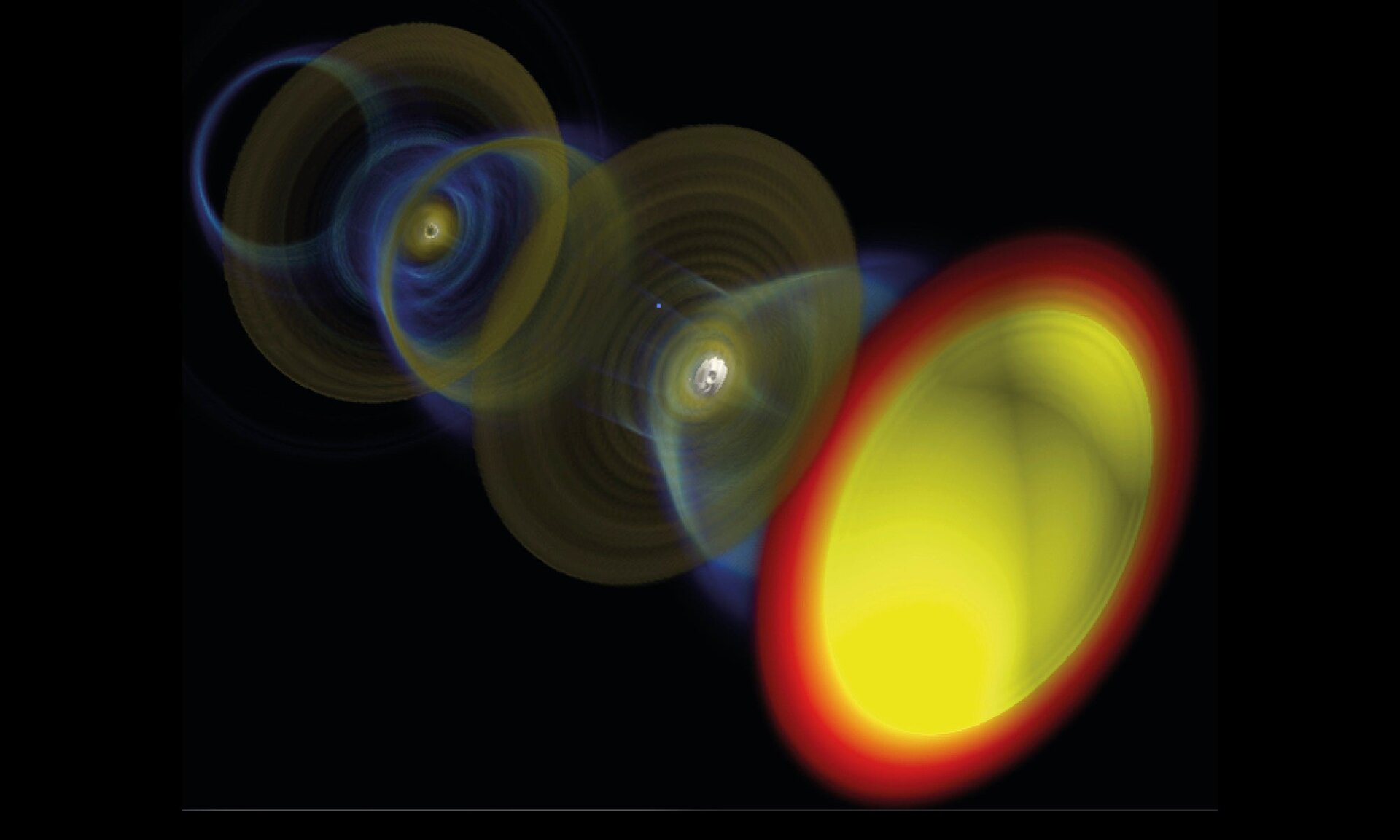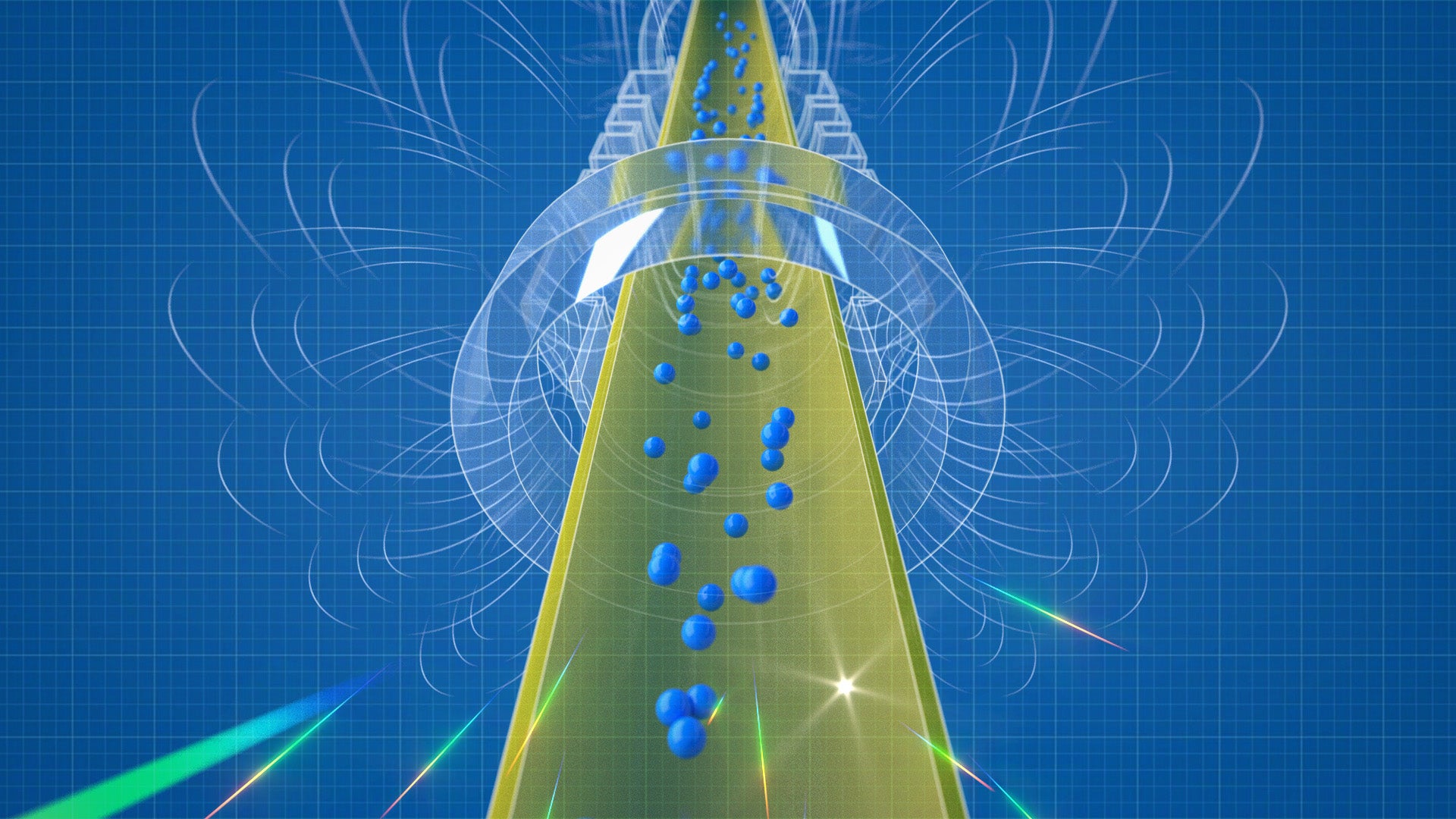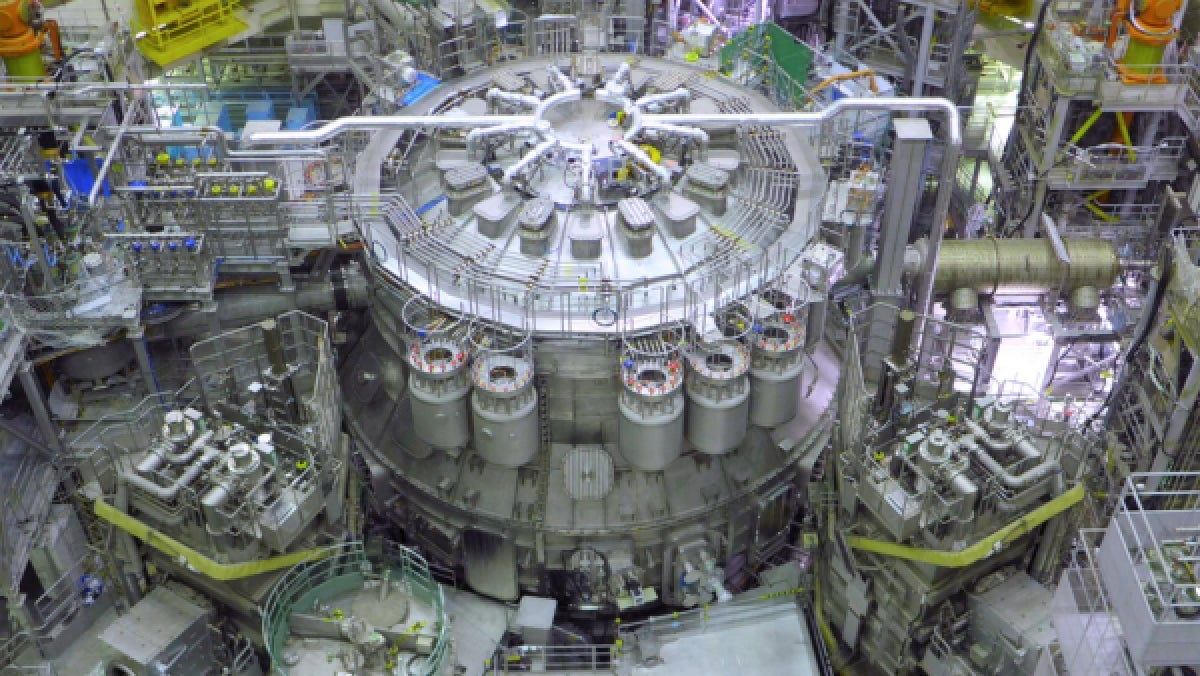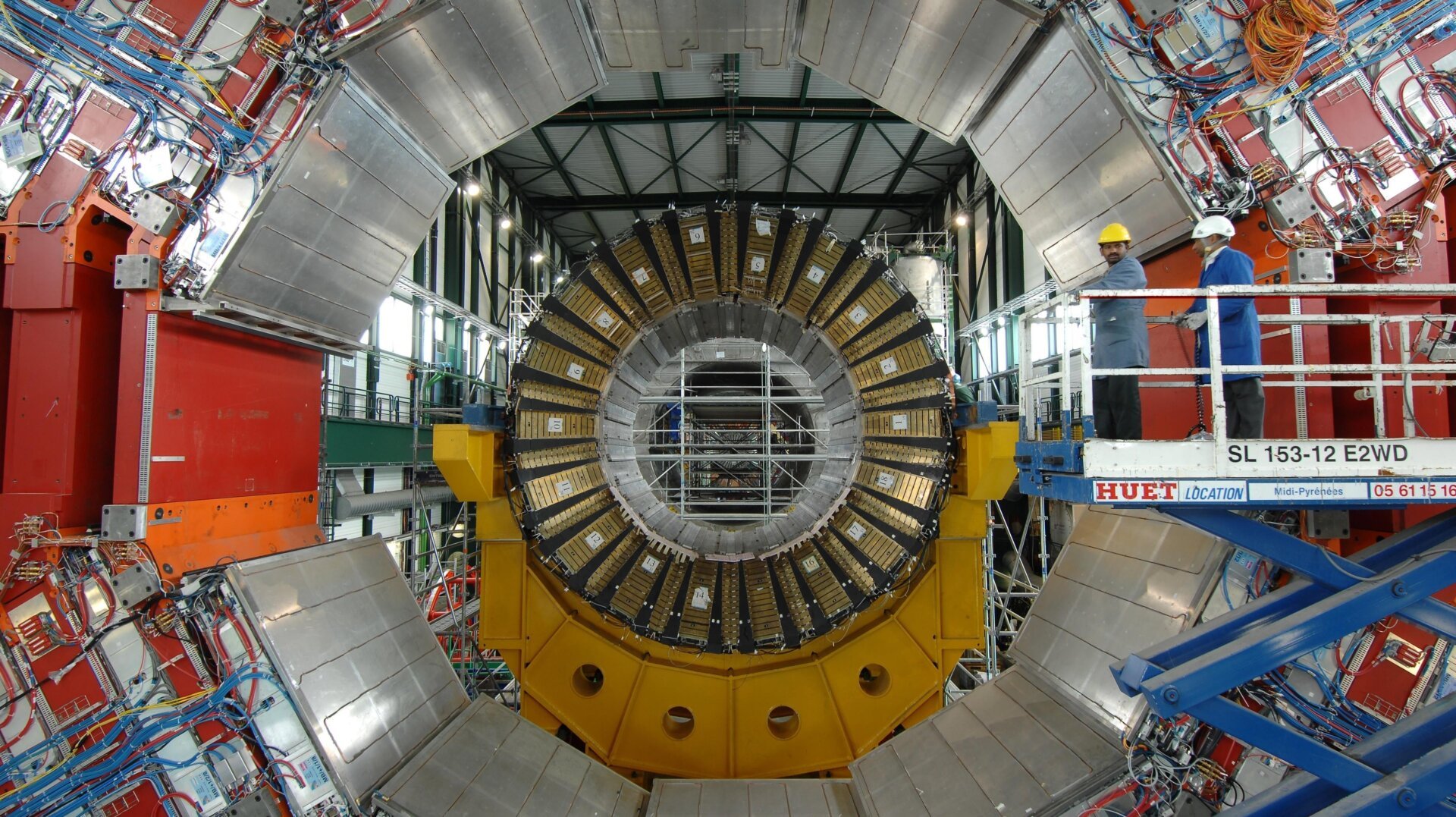The scientific world is abuzz with talk of potential breakthroughs, and while room-temperature superconductors are capturing headlines, another significant advancement has quietly occurred in the field of fusion energy. Scientists at the Lawrence Livermore National Laboratory’s National Ignition Facility (NIF) in California have replicated a fusion ignition reaction, building on their groundbreaking achievement announced in December.
This second successful experiment, conducted on July 30th, reportedly yielded even higher energy output than the initial breakthrough, according to Reuters. While the complete analysis of the July experiment is still underway, the laboratory has confirmed its success. This achievement marks a crucial step forward in the pursuit of clean energy.
The December experiment, a milestone in itself, produced a net energy gain—a feat previously elusive in fusion research. The Department of Energy reported that 2 megajoules of energy input resulted in 3 megajoules of energy output. This groundbreaking process involves 192 lasers focused on a tiny, peppercorn-sized target. These lasers generate extreme temperatures of 100 million degrees Fahrenheit and pressures exceeding 100 billion Earth atmospheres, triggering the fusion reaction.
While the first successful experiment proved the concept, this second success solidifies the viability of laser-induced fusion and offers invaluable data to refine the process further. It demonstrates the potential for replicable, sustained fusion reactions with net energy gain.
Nuclear fusion has long been a holy grail for clean energy proponents. Mimicking the energy production of stars like our Sun, where atoms collide and release immense energy as light and heat, has been a long-standing scientific ambition. Unlike fossil fuels, fusion offers a cleaner, more sustainable energy source, potentially freeing us from the constraints and environmental impact of carbon-based energy.
Though the realization of practical fusion power plants remains decades away, these breakthroughs at NIF provide tangible evidence of the potential to harness this stellar power on Earth. These advancements pave the way for continued research and development, bringing us closer to a future powered by clean, sustainable fusion energy.
While significant hurdles remain in scaling this technology for practical applications, the repeated success at NIF ignites hope for a future where fusion energy plays a pivotal role in meeting global energy demands.



